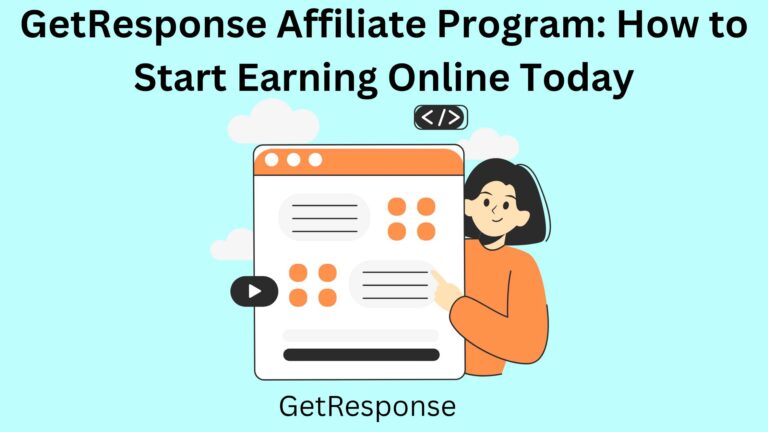How to Get Started with Affiliate (Even If You’re Totally New) 2025

How to Get Started with Affiliate (Even If You’re Totally New)
So, you’ve heard about affiliate marketing. Maybe on YouTube.
Maybe someone said it’s a way to make money online.
But right now, you’re probably thinking:
“Okay… but what exactly is it?
And how do I actually start?”
Good news — you’re in the right place.
In this guide, I’ll walk you through how to get started with affiliate marketing the simple way.
Just real steps you can take today, even if you’re a complete beginner.
Let’s get into it.
First, What Is Affiliate Marketing?
Think of it like this:
- You find a product you like.
- You share a special link (your affiliate link).
- Someone clicks it and buys the product.
- You get paid a % of the sale.
You’re not creating your own product.
You’re just connecting people with something useful — and getting rewarded for it.
Why Do So Many People Start with Affiliate Marketing?
Because you don’t need:
- Your own product
- Customer support
- A big budget
- Tech skills
You can start small, from anywhere, and grow as you learn.
That’s why affiliate marketing is one of the best ways to make money online, especially for beginners.
> ✅ Want to make sure you don’t choose the wrong niche?
👉 Read: 8 Affiliate Marketing Niche Errors Beginners Must Avoid in 2025
Okay, But Where Do I Start?
1. Pick a Niche You Actually Like
Don’t choose something just because it seems profitable.
Pick a topic you enjoy, or at least something you’re curious about.
Ask yourself:
- What do I like talking or learning about?
- What problems do people often ask me about?
- What would I research even if I didn’t get paid?
Your niche is your blog or channel’s main topic — it’s what attracts your audience.
💡 Related: Low Competition Niches for Affiliate Marketing (That Still Make Money in 2025)
2. Join Affiliate Programs
Now that you’ve picked a niche, it’s time to find products you can promote.
You can join:
- Amazon Associates (good for beginners)
- Specific programs from brands you love
Each program gives you your own unique link — when someone buys through it, you earn a commission.
3. Build a Platform to Share Your Links
You need a place where people can find your content.
That could be:
- A blog (my favorite for long-term growth)
- A YouTube channel
- An email list
- Even social media like Pinterest or TikTok
Start with one platform.
Don’t try to be everywhere — just focus on being consistent.
> ✍️ Pro Tip: Want to combine SEO with affiliate marketing?
👉 Learn more here: Finally Understand SEO Affiliate Marketing? (Start Simple in 2025)
4. Create Helpful Content That Solves Problems
Here’s the secret: People don’t search for products.
They search for solutions.
So instead of writing “Best shoes for 2025,” write something like:
- “How to Pick the Right Running Shoes for Flat Feet”
- “Why These Shoes Helped Me Stop Heel Pain”
Your content should help, explain, guide — and include your affiliate links naturally.
5. Keep Testing and Improving
Most beginners give up too soon.
It takes time.
But every blog post, video, or email is a small step forward.
The more you publish, the more traffic you get.
The more traffic, the more clicks.
The more clicks, the more commissions.
Beginner Mistakes to Avoid
- 🚫 Picking a niche just because someone else made money with it
- 🚫 Spamming affiliate links everywhere
- 🚫 Expecting fast results without effort
- 🚫 Ignoring SEO or keyword research
- 🚫 Skipping content quality — readers come first
Final Words: You Can Really Do This
Affiliate marketing isn’t magic.
But it works — if you treat it like a real business.
Start simple. Be patient. Keep helping people with your content.
And remember — you don’t need to be perfect to start.
You just need to start.
Need more help choosing your niche?
Check out:
👉 Why Niche Is Important in 2025: The Foundation of Every Successful Blog
👉 Most Profitable Blog Niche in 2025: How to Pick the Right One for You
👉 Profitable Blog Niches for 2025: Pick One That Pays Off
If you found this guide helpful, feel free to share it or leave a comment below.
You’re not alone on this journey — and DigitalBulid is here to help every step of the way.





